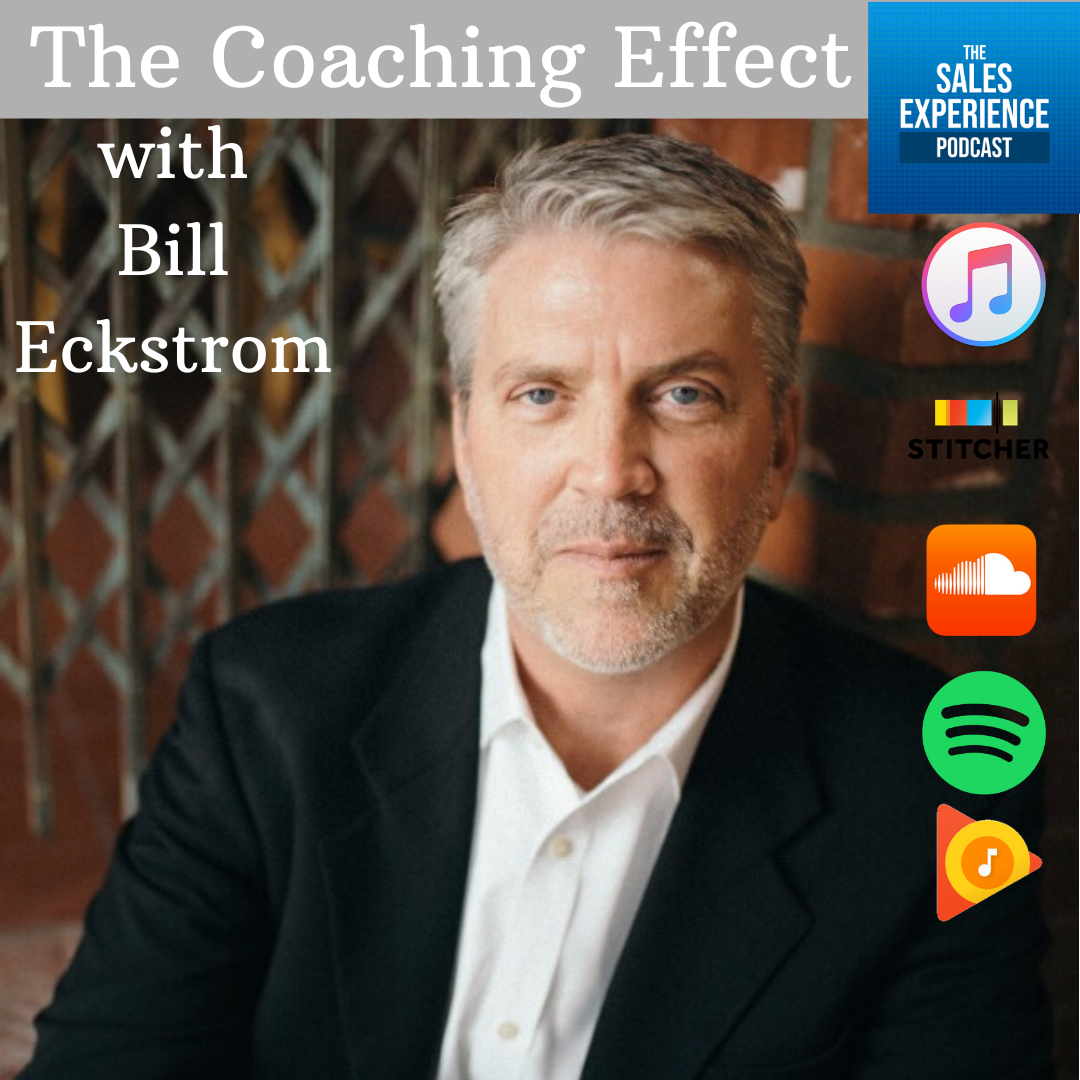Episode Transcript
[00:00:00] Speaker A: Welcome to the authentic Persuasion show. On this episode I want to replay part of a previous show. Maybe you heard the original full length episode and this could be a great refresher and reminder. Or maybe this is your first time hearing this content and the timing could be just right to help you leverage authentic persuasion today in your role, no matter what. Here's to your success.
[00:00:21] Speaker B: This is the authentic persuasion show.
When you assume, when you do the assumptive close, which is here's where we're going, I'm taking you with me. Whether you stop me or not or try to, here's where we're going. You have to do it in the right order. You have to follow the process that I'm outlining in the authentic persuasion pathway. Again, rapport, empathy, trust, hope, and then urgency, which is the next step. And I'm covering this right now before we get to urgency so it lines up so it feels right for you and it doesn't feel gross. The key is, is you've got to do those five things in order in their completeness relative to what you're selling, relative to the conversation.
Um, which is what I help a lot of companies and individuals with, is understanding how much time they should spend in each, what's important to do in each, how they can check that box in the process to make sure they do that in each um, step so that you can move forward. Because, because here's the thing is, if you do the assumptive close and you haven't done those parts right, you haven't built enough rapport, and you haven't completed the empathy step, which is understanding why they want or need what you're offering and doing it in a way that relays to them that you care. Hopefully you do. And you're using active listening, so you're actually making it about them and not yourself, talking all the time. Then you build that trust. Then you give them the hope, which is they want to be here. You can help them get there as their guide with the product or service that youre selling. Then you just want to assume that based on all those things lining up, you assume they have this goal they want to be at. You have the solution to that goal. Why would you not move forward? And thats why I disagree with the concept of asking for the sale. I have this. You want this? I have it. Is this something you would be interested in? No, of course. Like there should never be a doubt. And what you're looking for is they might stop you, they might throw objections, they might throw questions they might get like, step back a little bit, and this is what we'll talk about in the urgency step. What triggers the things like objections, questions, and concerns that come up is the fact that it's getting real. But that's what you want. But you also want to assume. You want to assume I have the path. I know how to get you up the mountain safely. I know how to move you out of your comfort zone. With safety successful at fear elimination. I know what's on the other side. I've seen it before with other customers, clients, people like yourself, other companies, individuals. I know what that looks like. I know what success looks like. I know there's safety over there. You don't know it yet, but I'm your guide, so I'm going to help you get to safety. And I'm assuming as a professional, I'm just going to get you there. I'm not asking, I'm not doubting myself. I'm not doubting you. I'm not planting seeds of doubt within you and your mind. And I'm not being pushy. I'm doing it in a way like a professional. And so that assumptive close is very important. It is. Here's where we're going to go. Right. The hope step is, okay, so based on what you told me and based on where your goals are or based on your situation and everything you shared, here is what we do, here is what I provide, and here's how this will help you. You wanted to get out of debt. Here's how this program is going to do it. Here's what that looks like. Here's any questions about the program. Okay, great. The next step is we need to get the application submitted and get you approved for the program. That's it. Right. The next step is. The next part of the process is. Right. The next step is we need to get you into surgery and get this taken care of. Right. It's not, would you like to get in surgery? It's the next step is, and that's an important, powerful transition. If you've done everything properly, completely, up to that point, all of the steps, and you're ready to move someone forward, then move someone forward. Right. Here's another example, because this one a lot of people can relate to. Uh, I've. I've only been to the doctor a few times myself. I've been to the doctor in emergency situations with other people, but, uh, not for myself, not, knock on wood.
But here's an example. I know a lot of people, especially in the US can relate to, which is the DMV. So when you go to the DMV, what happens? Other than waiting in line? Hopefully you make an appointment. And I've been in several different states now within the US. Some states are absolutely terrible, like California, and it's a dreadful experience to go to the DMV. Other states are an amazing experience where it's so great and mind blowing that people don't even understand how great it can be. But here's what fundamentally happens. You go to the DMV, you finally get up to the window, you're dealing with something. Let's say you need to register a car. So I just did that in moving to Florida, needed to register a car.
And so they don't say, would you like to register your car? No, I'm there to get it done. And then I fill out the form. They don't say, okay, so do you want to pay for this today, or is this something you need to think about? Like, no, of course, if you're selling something, there's a bit more to it than the DMV example. But a lot of times what they're doing is they're just enrolling, they're doing the admin, they're doing the process, and they're just assuming that if you're there, you have something you want to get resolved or moving forward or achieve something, get your first driver's license. And so they don't ask you for permission to move forward. You've already given that. And when you, as a salesperson, as a professional can do that, focus on enrolling people, moving people forward more, then that is a huge shift. And again, I know I keep saying this, but I think it's so important because there's a lot of people who dread this part of the sale. They are okay with rapport, they're okay with empathy. They're good at building trust. Then it gets to the asking for the sale and everything falls apart. And what I am saying and advocating for is not asking for the sale, is assuming the close, assuming they want to move forward.
![[755] The Assumptive Close Method](https://episodes.castos.com/salesexperiencepodcast/images/1746057/c1a-4d8w-04rq6j92uo3j-xrf45v.png)


